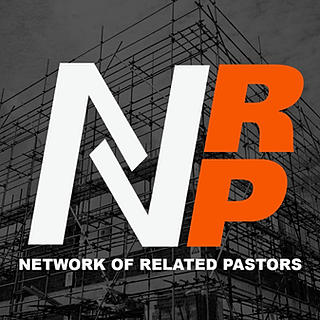Leadership in Context Episode 15 Show Notes
- NRP
- Dec 25, 2018
- 3 min read

Leadership in Context with Keith Tucci
Episode 015
Being Missional, part 5
What is the goal of missions? The goal is to reach people. The greatest need is not money; it’s people. Money helps facilitate those people. Whether you have a small church, a large church, mission-minded people, or no missions history—if you have people, you have part of the resource. Our goal in raising mission awareness is generating workers. I believe that if you provide the ministry, God will provide the money. We don’t want to have a one-dimensional aspect in our church where the only thing we do is give money.
Set a missions offering in place once a month (a certain Sunday of the month). You need a response mechanism; be as specific as you can in what you want the responses to be. We used separate missions offering envelopes; they were for 3 specific missions categories: send, save, and support.
Send, Save, and Support
Send: We wanted to send people. Because we tracked the ponds of giving, we found that there were people who were excited about sending people. There are people who are more excited about sendingpeople than supporting people who are already there.
Save: People could give money—for themselves or for another person or just in general—to be saved for short-term trips. We built a great resource fund of people who were saving so they could go to the missions field. We had amazing testimonies of families who took several years of putting in $10 a week or $15 a month, and then were able to go on a trip. This shows intentionality, purpose, and inspires people.
Support: This was the long-term missions that the church supported every month.
How do you do this in a church setting?
Missions is about people. Missions is about reaching people. Missions is about asking people to help reach people. Missions is about connecting these givers with the person who is going to go and reach others. If you want to have great missions offerings, if you want to have longevity in missions, get your people familiar with the people you are supporting—besides just knowing their name. How much do your people know about the missionaries that you support each month? What do they know about them? The more they know, the more equity-giving they will do. You can help your church get to know the missionaries through video, Skype, etc. Don’t just tell them about the missionaries, but introduce them. This builds relationship. Many people will give to people they know and believe in.
Over Christmas, we would show a video of the family we were supporting on the mission field. We would have the family talk about themselves and what their needs were. We would take a specific offering to meet a specific need—a new stove, or a motorcycle they needed, or even music lessons for their children. When we took those offerings, we never had a problem buying what we committed to buy. Then in January, we would show a video of the family with whatever it was that we were able to provide for them.
Every week, we had the Send, Save, and Support missions envelopes available, and on missions Sunday, I put our missions envelopes on every seat. Again, you can’t just provide the envelopes and expect them to get filled. Explain it. Cast vision for it. Tell your leaders what you are doing, why you are doing it, and get them to buy in. It may take about 6 months for people to get the hang of it. (Prepare them for the monthly offering a week before—during announcements, on your website, social media, email, text blast, whatever you use.) The degree to which you do this is the degree to which you will get a response. You will see an uptick in your missions giving, you will see a longevity in your missions giving, you will see people excited about going to the mission field when you do these things.
How does this help you with other things? It establishes a missional track record. When you start doing other things—a building program, bringing on a staff person, community outreach, Celebrate Recovery, etc.—people will respond. Do it the same way. Cast the vision of people (your church) touching people (the missions) touching people (the need). This works and creates provision for your vision.
Join us next week as Keith Tucci continues to put leadership truth in the context of the local church. And as always, please like, share, rate/review, and invite others to listen. See you next week!







Comments